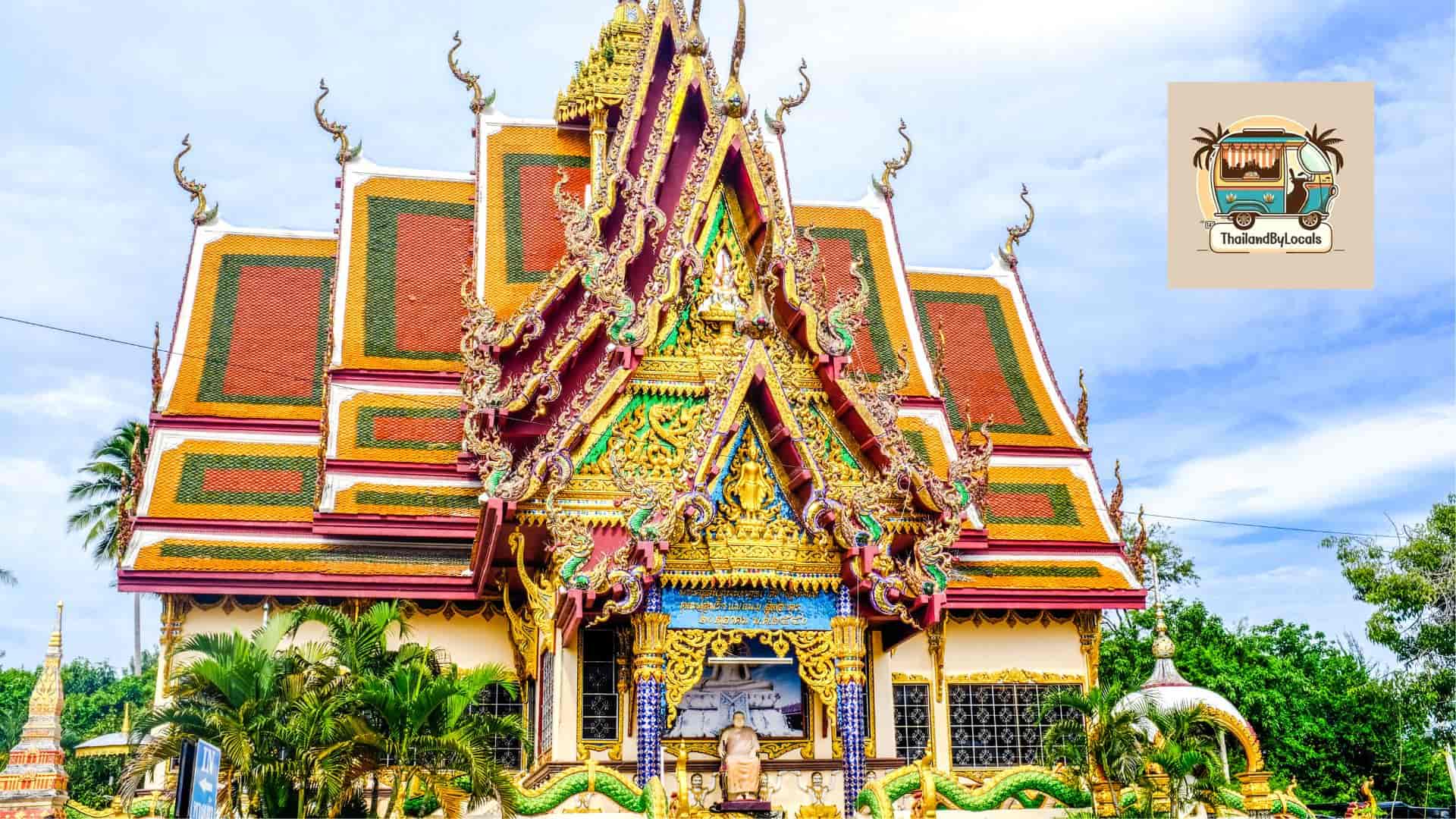Temples and shrines as cultural and historical landmarks
Thailand is a country with a rich and vibrant culture, and its temples and shrines play a central role in this cultural identity. These sacred spaces are not only places of worship and devotion, but they also serve as important landmarks and symbols of the country’s history and cultural heritage.
One of the most well-known and revered temples in Thailand is the Temple of the Emerald Buddha, also known as Wat Phra Kaew. Located in the heart of Bangkok, this temple is considered the most sacred in all of Thailand and is home to a small, intricately carved jade statue of the Buddha. The temple is also home to many other important religious artifacts and works of art, making it a popular tourist destination and an important cultural and historical site.
Another significant temple in Thailand is the Temple of the Reclining Buddha, also known as Wat Pho. Located in Bangkok, this temple is home to a massive, gold-plated statue of the Buddha that is over 150 feet long and adorned with intricate details and precious stones. The temple is also known for its traditional Thai massage school and its beautiful gardens, which feature ponds, fountains, and a variety of plants.
Temples and shrines are not just found in the cities, but are also scattered throughout the countryside and are often integrated into daily life. These rural temples and shrines serve as important community centers, where people gather to pray, celebrate festivals, and socialize. They also often function as schools and provide other important services to the local community.
In addition to their religious and cultural significance, Thailand’s temples and shrines are also important architectural landmarks. Many of these structures are adorned with intricate carvings, intricate paintings, and elaborate ornamentation, reflecting the country’s long history of craftsmanship and artistry. The Temple of the Emerald Buddha, for example, is known for its elaborate and ornate architecture, which includes a series of multi-tiered roofs, decorated spires, and intricate carvings.
Temples and shrines as economic hubs
In addition to their religious and cultural importance, Thailand’s temples and shrines are also important economic hubs. Many of these sacred spaces are supported by donations from worshippers and tourists, and the sale of souvenirs and other items. This financial support helps to maintain the temples and shrines and ensures their preservation for future generations.
One of the most iconic and popular tourist attractions in Thailand is the Temple of the Golden Buddha, also known as Wat Traimit. This temple is home to a massive gold Buddha statue that is over five meters tall and weighs over five tons. The statue was discovered in the 1950s, when it was accidentally dropped and the brick casing around it broke, revealing the golden statue inside. The temple is now a popular tourist destination, with visitors coming from all over the world to see the impressive statue and learn about its history.
Temples and shrines as cultural centers
In addition to their religious and cultural importance, Thailand’s temples and shrines are also important cultural centers. Many of these sacred spaces host festivals and events throughout the year, attracting large crowds of worshippers and tourists. These festivals and events are often colorful and festive, and provide an opportunity for people to come together and celebrate their shared cultural heritage.
One of the most well-known festivals in Thailand is the annual Temple Fair, held at the Temple of the Emerald Buddha in Bangkok. This festival attracts millions of visitors each year and features a variety of traditional Thai performances, including dance, music, and theater. The fair is also an opportunity for people to purchase souvenirs, traditional Thai crafts, and other items.
Conclusion
In conclusion, Thailand’s temples and shrines are important cultural, historical, and economic landmarks. These sacred spaces serve as important centers of worship and devotion, as well as centers of learning and education. They are also important cultural centers, hosting festivals and events throughout the year. Whether you are a visitor or a resident of Thailand, taking the time to explore these temples and shrines is a must, as it offers a glimpse into the country’s rich cultural and spiritual traditions.

